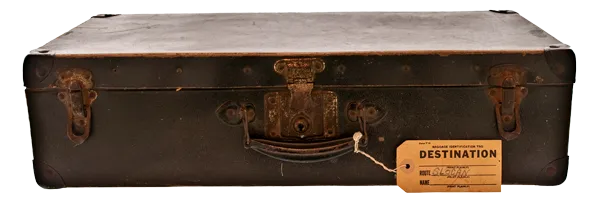The Nikkei Internment Memorial Centre (NIMC) is a National Historic Site dedicated to telling the story of over 22,000 Japanese Canadians who were forcibly relocated during World War II. Located on the site of “The Orchard” internment camp in New Denver, BC, the NIMC contains original buildings, period artifacts and interpretive displays as well as the Heiwa Teien Peace Garden, designed by the renowned Japanese Canadian gardener, Tomomichi (Roy) Sumi.
We invite you to explore this site as we add more content over the coming months, or better yet, to visit us in person and immerse yourself in the special place that is the Nikkei Internment Memorial Centre, built by resolute, steadfast survivors of the Japanese Canadian Internment, and maintained and cared for by those who hold them in our memories.







_Optimized.webp)






